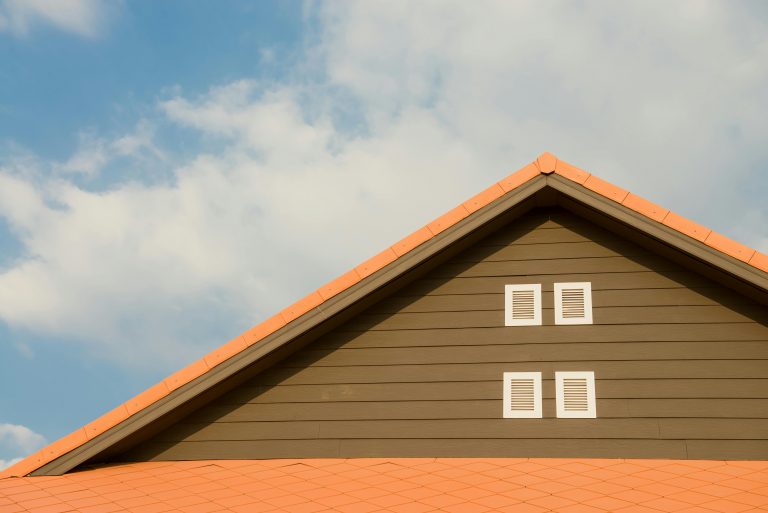

“How can I prepare for a hurricane?” is a question many people ask. To understand how to prepare for a hurricane, one must first understand how a hurricane works. A hurricane is a tropical cyclone that forms in water such as the Atlantic or Pacific Ocean, the Gulf of Mexico, or the Caribbean Sea. An average hurricane is about 2,000 times wider than a tornado, and can reach between 40,000 and 50,000 feet in the sky. In one day, a single hurricane can dump more than 2.4 trillions of gallons of rain, stir up millions of miles of air, and produce enough energy to run the lights of Las Vegas for years.
The best way to prepare for a hurricane is in stages.
Before a hurricane, you will want to:
- Assemble an emergency kit. This should contain a hurricane preparedness plan, first aid supplies, flashlights, batteries, fresh water, and identification, among other things.
- Cover all windows on your home. Exterior storm shutters are the best option, as they can be left up year-round. If you do not have hurricane storm shutters, you may use plywood. You will also want to reinforce your garage doors, to prevent structural damange.
- Learn evacuation routes to higher ground, and plan how to get there should you be asked to evacuate. Maps and routes should be marked in your hurricane preparedness plan.
- Trim trees and bushes surrounding your house, and clean your gutters and rain spouts.
- Install a generator in case of power loss.
During the hurricane:
- Listen to the radio or keep a TV on for information about the storm.
- Keep clean water handy by filling the bathtub and other large containers.
- Turn off propane tanks, close storm shutters, and, if instructed, turn off utilities. If not instructed to turn off utilities, you should at least turn the refrigerator to its coldest setting and keep the doors closed.
- Avoid using the phone, except in emergencies.
After the storm:
- Continue listening to a weather radio or local news for updates.
- Be aware of extended rains or flooding after the hurricane has ended.
- Drive only if necessary and avoid flooded or washed-out roads.
- Check outside your home for loose power lines, gas leaks, and structural damage before entering. DO NOT enter a building if you smell gas, if floodwaters remain, or if there is fire damage and the building has not been declared safe. Always use a battery-operated flashlight to see inside, never a candle.
- Inspect your home for damage, internally and externally, and take photos for the insurance company.
If you follow these guidelines, you should be ready to prepare for a hurricane. Even with all of this preparedness, make sure to evacuate if you are ordered to, or if your home becomes unsafe. Continue your research here.






